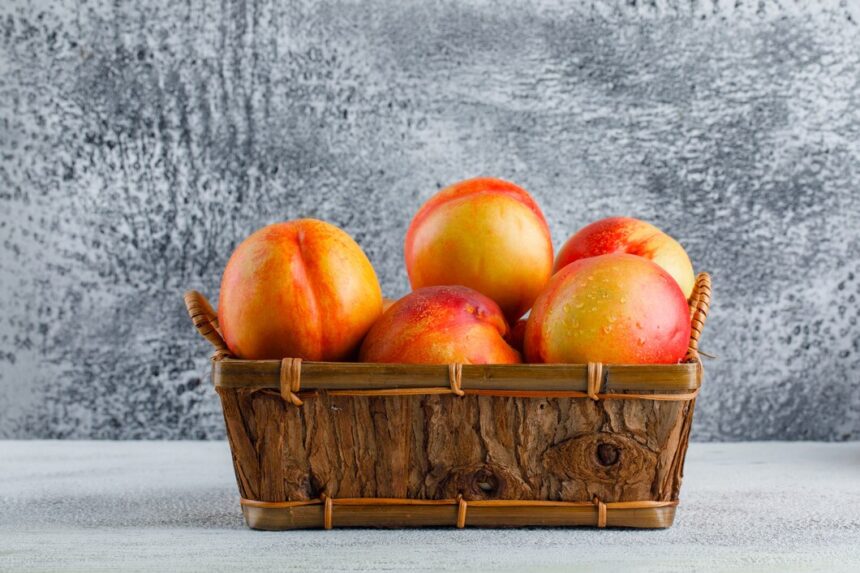Bacterial spot is a common disease that affects stone fruits like nectarines, causing significant damage if not managed properly. Early detection is key to preventing widespread issues. Here are ten early signs that your nectarines might have bacterial spot:
- Small Dark Spots: Look for small, water-soaked, dark spots on the leaves and fruit. These spots can eventually turn darker and become sunken.
- Leaf Spots with Yellow Halos: Initial leaf spots may have yellow halos or halos of discoloration around them, indicating the spread of bacteria.
- Fruit Scarring: The fruit may develop small, raised, or sunken lesions, which can become scabby and affect the fruit’s appearance and quality.
- Early Leaf Drop: Premature leaf drop can occur, where leaves with bacterial spot symptoms fall off earlier than usual, weakening the tree.
- Deformed Fruit: Nectarines with bacterial spot may show unusual shapes or deformities due to uneven growth patterns.
- Bacterial Ooze: During wet conditions, you might notice a sticky, clear to amber ooze emerging from the infected areas, especially on fruit and leaves.
- Blotchy Appearance: The infected leaves and fruit can have a blotchy or mottled appearance, with varying degrees of discoloration.
- Reduced Fruit Size: Bacterial spot can lead to smaller fruit sizes as the disease affects the overall growth and development of the fruit.
- Dry Leaf Edges: Edges of affected leaves might become dry and brittle, especially around the spots where the infection is present.
- General Tree Weakness: The overall health of the tree might decline, with reduced vigor and poor fruit production, indicating a more widespread bacterial infection.
To manage bacterial spot, ensure proper sanitation, avoid overhead irrigation to minimize moisture on the plant surfaces, and use resistant varieties if available. Early intervention with appropriate fungicides and maintaining good orchard hygiene can help control and mitigate the effects of this disease.
Join 'Farmers Mag' WhatsApp Channel
Get the latest Farming news and tips delivered straight to your WhatsApp
CLICK HERE TO JOIN






